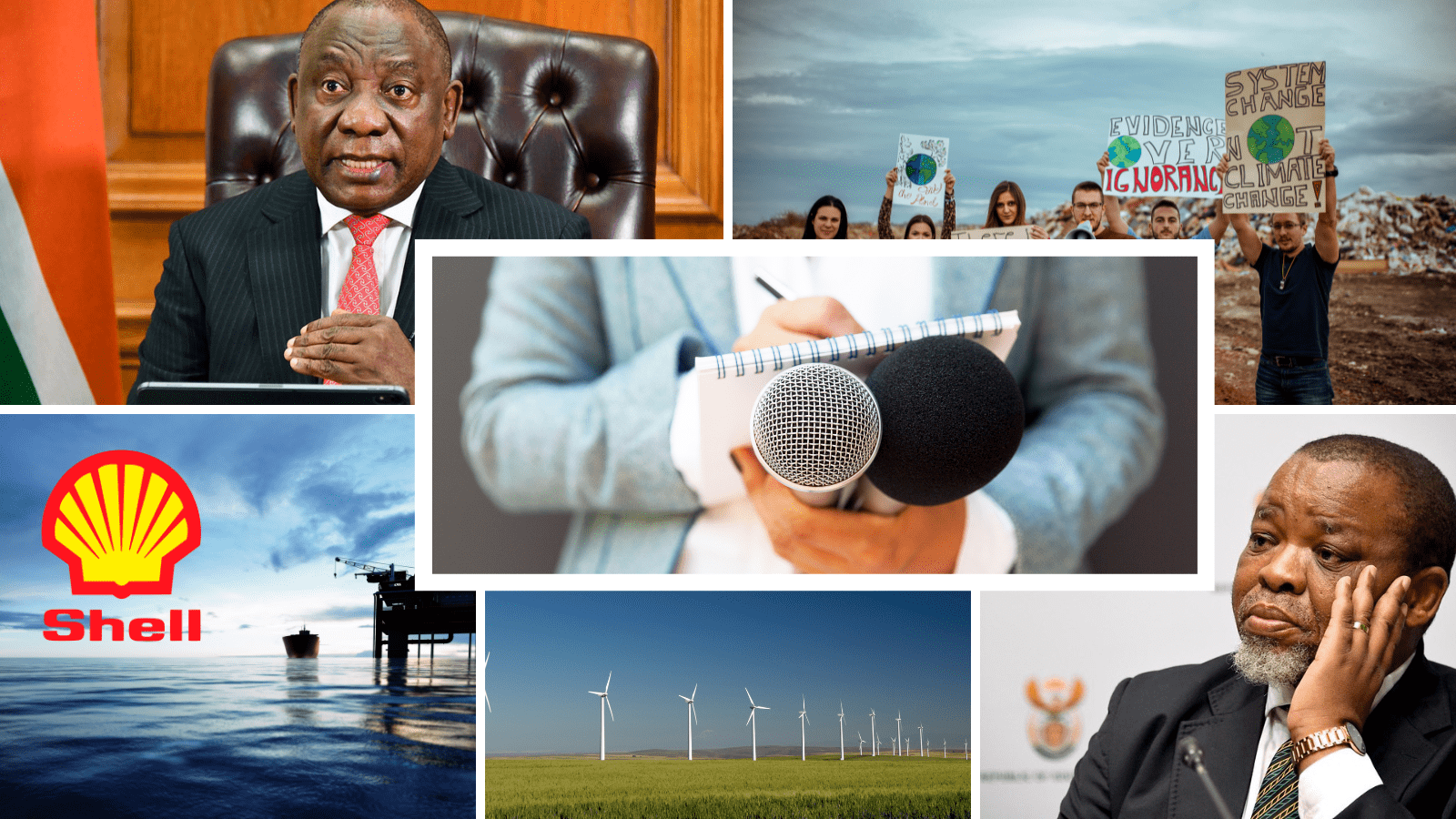Three decades post-apartheid, South Africa can reflect on its progress through the lens of Tintswalo, spotlighted by President Cyril Ramaphosa in his State of the Nation Address earlier this year.
Tintswalo’s story, bolstered by government schemes since 1994, embodies hope. However, this story does not resonate with a significant portion of South Africans. This begs the question, why are there so few Tintswalos?
This question took centre stage at The Big Debate last week, where a diverse cross-section of South Africans, alongside government officials, civil society representatives and experts, discussed what 30 years of Democracy has meant for all South Africans, not just Tintswalo.
The Big Debate is a South African current affairs show airing for its 12th season. This town hall debate show has been on air for 15 years, with this season coinciding with the national elections. Explain is thrilled to be partnering with The Big Debate to cover the series as it unpacks these issues.
Vusi, a trainee nuclear engineer from the rural town of Qwaqwa in the Free State, describes himself as a Tintswalo. Since 1994, he has directly benefited from government schemes, including the National Student Financial Aid Scheme (NSFAS), bursary programmes, and the National Research Foundation (NRF).
“I don’t think I was lucky; I think the opportunities were out there for me to go and grab,” says Vusi. However, when asked about fellow youth members also from Qwaqwa, there are distinct inconsistencies.
The reality is that while there may be government resources available to assist the youth, benefiting from them is dependent on access. This was echoed in the room, underscoring the challenge of accessibility, particularly for those in rural areas. “The only way for my people to escape poverty is for them to move,” according to Vusi.
Zuko Godlimpi, one of the ANC’s youngest NEC members, acknowledged that “while there has been progress, it hasn’t been evenly distributed across all sectors.” The ruling party bears some responsibility for the access gap in rural areas, but it is not solely accountable. Blame should not be placed on government policy, according to Godlimpi.
“[South Africa] is a world of two halves,” states Pali Lehohla, former Statistician-General of South Africa. While addressing the need for improved access to government schemes, Lehohla emphasises that, at the root of the problem, access to basic education remains dismal.
“Out of the 1.2 million children that arrive in primary school, only 600,000 go on to write Matric, and only 250, 000 of those actually manage to go to university”, states Lehohla. “If you look at the progression ratio, it is a monotonic decline for all black people,” he adds.
Read More: Tintswalo’s Story: A Tale of Luck?
For many in attendance at “The Big Debate,” the answer to who is to blame often falls on the ruling party. The government made a commitment to basic education in the constitution, but it is only being achieved by half.
Ultimately, the debate about Tintswalo underscores the dualities within South Africa’s narrative of progress in the last 30 years. The hope is that such discussions are accompanied by a collective effort to bridge the gap between promise and reality.
- Staff Reporter
- Staff Reporter
- Staff Reporter




